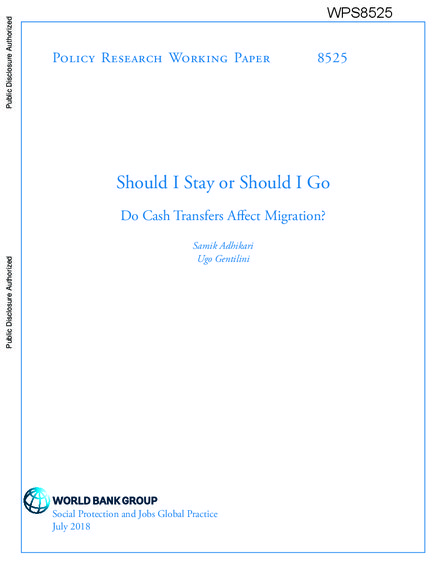
The paper reviews the evidence on a "hot" and yet underexplored question -- that is, whether and how social assistance programs (especially cash transfers) affect domestic and international migration. Out an initial sample of 269 papers, 10 relevant empirical studies examine the question. The programs are classified into three clusters: (i) social assistance that implicitly deters migration centering on place-based programs, (ii) social assistance that implicitly facilitates migration by relaxing liquidity constraints and reducing transaction costs, and (iii) social assistance that is explicitly conditioned on spatial mobility. The paper finds that impacts on migration generally align with the implicit or explicit goals of interventions. Under cluster (i), the likelihood of moving declined between 0.22 and 11 percentage points; among schemes in clusters (ii) and (iii), the probability to move soared between 0.32-25 and 20-55 percentage points, respectively. The analysis also finds spillover effects within households and communities. While social assistance seems not to determine migration decisions per se, it nonetheless enters the broader calculous of mobility decision making. As such, social protection can be an important part of public policy packages to manage mobility. More research is needed to improve understanding of the role of social protection in structural transformation -- a process underpinned by domestic mobility and the performance of which may ultimately affect international migration.